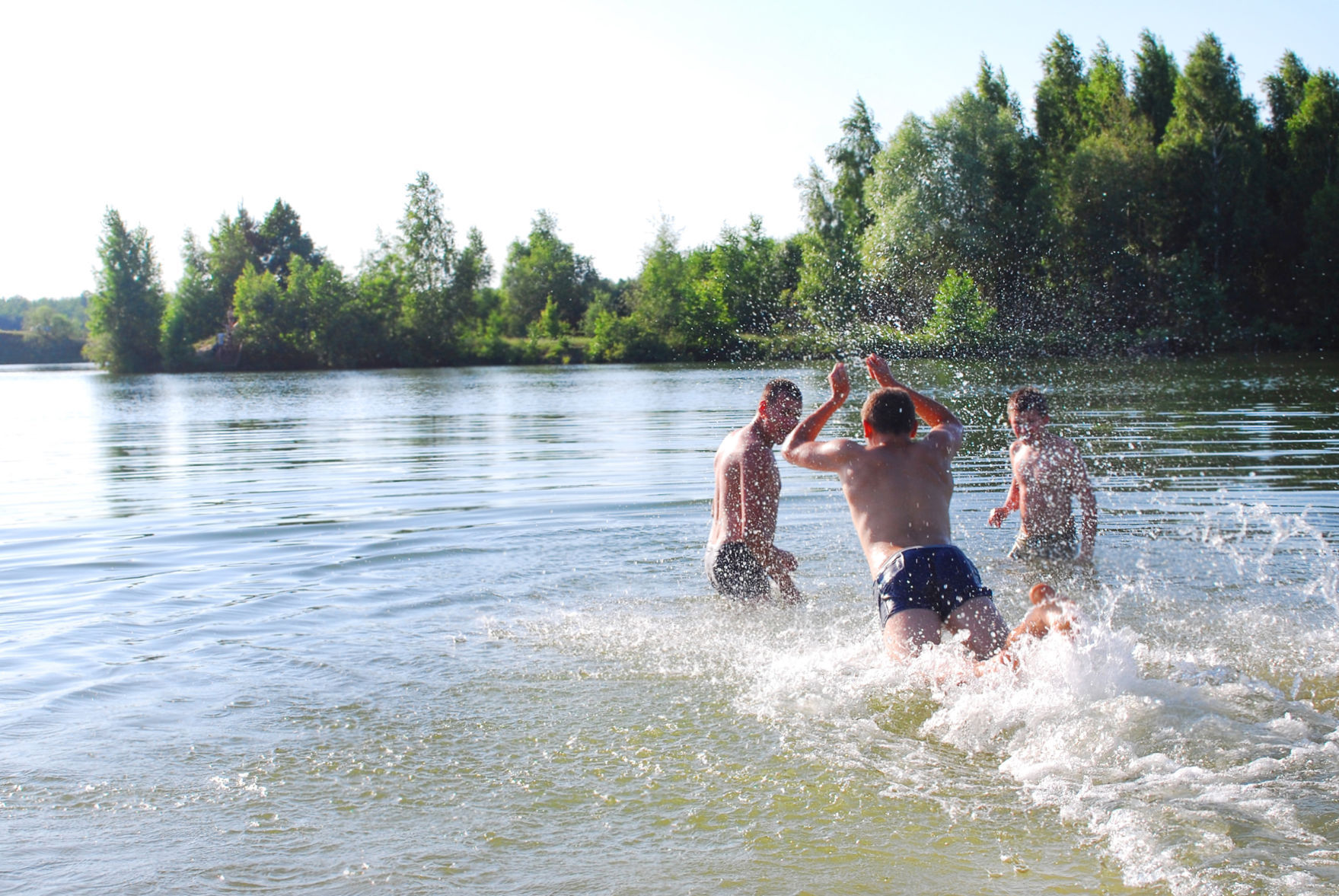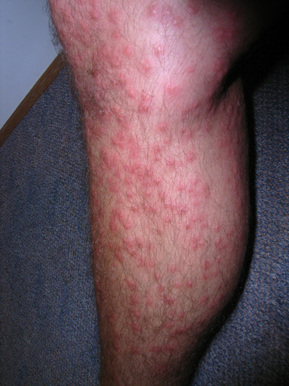
The microscopic eggs find their way into the digestive tract and exit the bird via the feces. (Biologists have identified at least a dozen such worm species that cause swimmer’s itch in the United States.)Īt maturity, the parasites mate and lay eggs. Parasites live on or in “hosts,” although they are not welcome “guests.” The adult worms ultimately responsible for swimmer’s itch enjoy life safely tucked away in the small blood vessels surrounding the intestines of an unsuspecting host – most likely a duck, goose or swan. But biologists have learned an enormous amount about these parasites in the last century and that knowledge is leading to new approaches for control. Even science has a tough time with that one. Parasites are another matter, especially those that cause swimmer’s itch. Even mosquitos, those bloodsucking little pests! Hard to believe, but biologists tell us mosquitos have a niche in the great web of life – as a food source for dragonflies, trout, bats and birds. There’s a purpose for most things in nature. Similar results were obtained in the last few years on a large recreational lake in Maine. On beautiful Glen Lake in the heart of the Sleeping Bear Dunes National Lakeshore in northern Michigan, the infection rate of the parasite in the snail intermediate host was lowered twentyfold in the late 1980s, reducing the swimmer’s itch problem to a minor inconvenience at worst. The reason this works is that the waterfowl population on most lakes actually is very stable with resident birds. Of course, this approach required that all the ducks on a lake be trapped and administered an adequate dose of the drug. When a new parasite-killing drug came on the market in the early 1980s, Blankespoor reasoned that it might be better to inoculate all the ducks on the lake, instead of killing the snails that carried the parasite. Harvey Blankespoor, a world-renowned authority on itch-causing parasitic worms, developed a novel approach for swimmer’s itch control and has found success on recreational lakes in Michigan and Maine. Increasing environmental concerns about this heavy metal have caused many states to ban its use.ĭr. On large recreational lakes this amounted to tons of copper applied each year, often with disappointing results. If it sounds like a small price to pay for itch-free swimming for you and your family, it is! Now if we could only figure out those mosquitos.Historically, the only recourse for a lake association to combat swimmer’s itch was the widespread application of copper sulfate, a compound toxic to most aquatic organisms, including snails. Treatment should be effective in a few days and follow-up applications are typically required.


It sinks to the bottom where the snails live and then dissolves.

Copper Sulfate is EPA approved and people can swim during and after application. Copper Sulfate is toxic to the snails carrying the parasite but safe for swimmers. One way to do that is to treat your shoreline with a chemical molluscicide such as Copper Sulfate. To get rid of the parasite, you need to get rid of the snails. The best option is get rid of the parasite. But that’s not always possible, especially if the problem is in your own lake or pond. The one sure way to prevent Swimmer’s Itch is to avoid swimming in areas where it is a known problem. Showering after swimming is also often suggested, but by that time the parasite has already moved in and rinsing won't help.
#Lake michigan swimmers itch skin
The snails release the parasites into the water and if one comes into contact with a swimmer, it burrows into the skin causing an allergic reaction and rash.Ĭommon tips for avoiding Swimmer’s Itch include applying a barrier to your skin, such as sunscreen or a lotion before swimming, but there is no evidence that such products help prevent swimmer's itch.

These snails are typically is found in shallow ponds or lakes, and tend to concentrate near the shoreline where the water is warmer. Swimmer’s Itch, also called mercurial dermatitis, is caused by flatworm larvae hosted by a particular variety snails. Once you’ve had a case, you certainly won’t want to get it again! So what is the best way to prevent Swimmer’s Itch? That could easily ruin a weekend, or even an entire vacation. Reddened spots, called papules, can itch intensely for up to a week, even with treatment. When it comes to summer nuisances, Swimmer’s Itch easily trumps mosquito bites.
#Lake michigan swimmers itch how to
How to Prevent Swimmer’s Itch in Your Pond or Lake


 0 kommentar(er)
0 kommentar(er)
